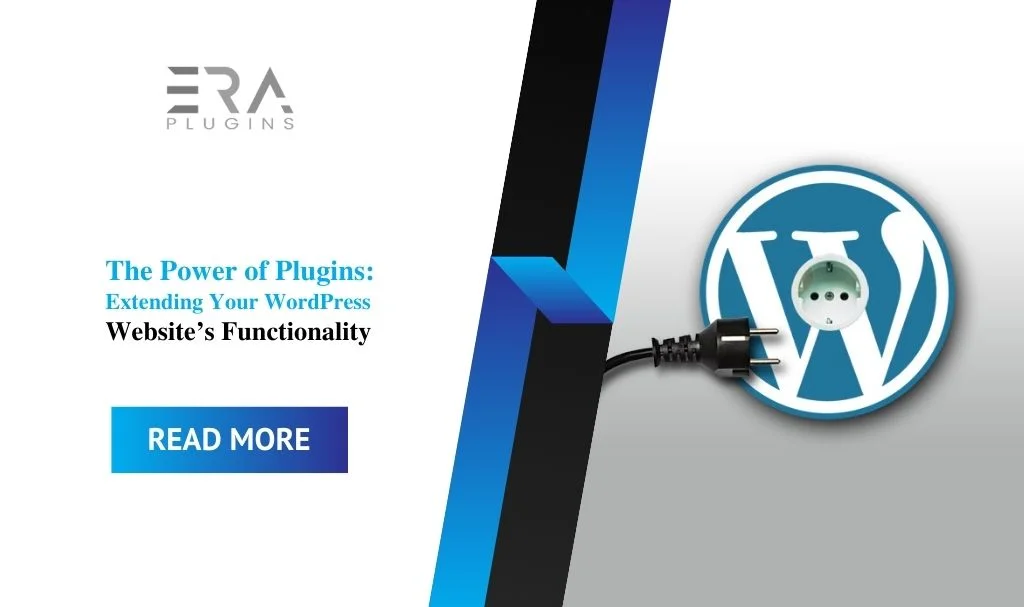WordPress plugins are essential tools for adding new features and functionality to your website without the need for coding. Here’s how to leverage plugins effectively:
- Research and Choose Wisely: Browse the official WordPress Plugin Directory for reputable plugins. Read reviews and check compatibility with your version of WordPress.
- Install and Activate: Install plugins directly from your WordPress dashboard. After installation, activate the plugin to make it functional.
- Keep Plugins Updated: Regularly update plugins to ensure compatibility with the latest WordPress version and security patches.
- Limit the Number of Plugins: While plugins are useful, having too many can slow down your site and increase the risk of conflicts. Choose quality over quantity.
- Essential Plugins:
- Security Plugin: Protect your site with a security plugin that offers features like firewall protection, malware scanning, and login security.
- SEO Plugin: Optimize your content for search engines with an SEO plugin that provides tools for meta tags, sitemaps, and more.
- Caching Plugin: Improve page loading times with a caching plugin that stores static versions of your pages.
- Backup Plugin: Ensure your site is regularly backed up with a reliable backup plugin to prevent data loss.
- Contact Form Plugin: Install a contact form plugin to allow users to reach out to you easily.
- Social Media Sharing Plugin: Enable social media sharing buttons to encourage readers to share your content.
- E-commerce Plugin: If you’re running an online store, choose a reputable e-commerce plugin that suits your needs.
- Performance Plugins: Use plugins that optimize images, minify CSS and JavaScript, and improve overall site speed.
- Analytics Plugin: Integrate your site with analytics tools like Google Analytics to track visitor data.
- Customization Plugins: Explore plugins that enhance your theme’s customization options or allow you to create custom designs.
- Membership and Subscription Plugins: If you’re offering premium content or subscriptions, use plugins to manage access and payments.
- Lead Generation Plugins: Install plugins that help you capture leads, such as email subscription forms or pop-ups.
- Spam Protection Plugin: Prevent spam comments and form submissions with a spam protection plugin.
- Translation Plugins: If you want to reach a global audience, consider a translation plugin for easy content localization.
Always ensure that the plugins you choose are well-maintained and regularly updated. Unused or outdated plugins should be deactivated and deleted to minimize security risks.





